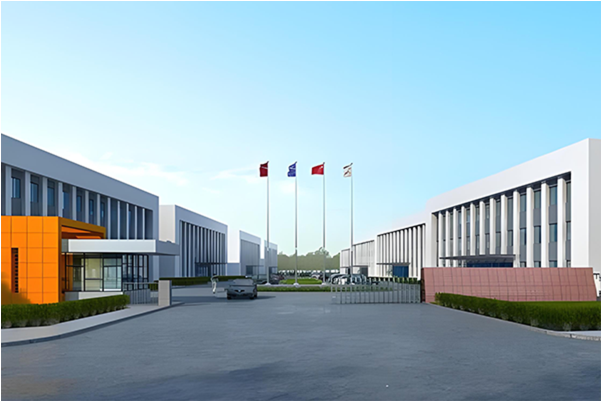 Tel:
+8618931101301
Tel:
+8618931101301
nov . 14, 2024 03:35 Back to list
gas turbine filter
Understanding Gas Turbine Filters Importance, Types, and Maintenance
Gas turbines are pivotal in various industries, particularly in power generation and aviation. Their efficiency and performance are heavily reliant on multiple factors, among which the air filtration systems play a crucial role. Gas turbine filters are designed to remove contaminants from the intake air, ensuring optimal functioning of the turbine while protecting it from damage. In this article, we will explore the significance of gas turbine filters, the different types available, and key maintenance practices to ensure their efficacy.
The Importance of Gas Turbine Filters
Gas turbines operate on the principle of converting energy from fuel into mechanical energy through a combustion process. Air, as one of the critical reactants, must be clean to promote efficient combustion and prevent turbine wear. Contaminants such as dust, pollen, salt, and other particulate matter can significantly affect the turbine's efficiency and lifespan. Blocked or clogged filters can lead to reduced airflow, increased fuel consumption, and higher operational costs.
Moreover, unfiltered air can result in serious damage to the turbine components, such as the compressor blades and combustion chamber, leading to more frequent maintenance and costly repairs. Therefore, using high-quality gas turbine filters is essential in preventing operational issues and ensuring that turbines achieve their designed performance levels.
Types of Gas Turbine Filters
Gas turbine filters can be categorized based on their design and purpose
1. Pre-filters These are typically the first line of defense in the filtration process. They capture larger particles and are commonly made from synthetic media or cellulose. Pre-filters extend the life of more sensitive final filters by reducing the load on them.
2. Medium-Efficiency Filters Also known as panel filters, these filters capture smaller particles than pre-filters and can remove up to 95% of airborne contaminants. They are typically employed in environments where moderate levels of contamination are expected.
3. High-Efficiency Filters These include HEPA (High-Efficiency Particulate Air) filters, which can trap 99.97% of particles down to 0.3 microns in size. While they offer superior filtration capabilities, they also create more resistance to airflow, which may necessitate adjustments to the turbine's operational parameters.
4. Ultra-Low Penetration Air (ULPA) Filters Used in extreme environments, ULPA filters capture particles as small as 0.1 microns. These filters are essential in applications where the highest levels of air purity are required.
gas turbine filter

5. Separator Filters These filters employ a different technology, often using centrifugal forces to separate contaminants from the moving air. While they do not capture all particles, they significantly reduce the load on primary filters.
Maintenance of Gas Turbine Filters
Regular maintenance of gas turbine filters is vital for ensuring their effectiveness and the overall performance of the turbine. Here are essential maintenance practices
1. Regular Inspection Conduct periodic checks of the filters to assess their condition. Looking for visible signs of dirt accumulation can help determine when a filter needs cleaning or replacement.
2. Scheduled Replacement Establish a routine for replacing filters based on the manufacturer’s recommendations, environmental conditions, and operating hours of the turbine. Early replacement can prevent unnecessary strain on the turbine.
3. Cleaning Options Some filter types can be cleaned and reused, while others need to be replaced. Depending on the filter's design, safely cleaning them can extend their usable life.
4. Monitoring Air Quality Understanding the local environment and its level of particulate contamination can inform filter selection and maintenance schedules. Areas with high dust or industrial activity may require more frequent filter changes.
5. Documentation and Records Keeping detailed records of inspections, replacements, and maintenance procedures helps in tracking performance trends and anticipating future needs.
Conclusion
Gas turbine filters are indispensable components that ensure the streamlined operation and longevity of gas turbines. By understanding their importance, exploring the various types available, and adhering to proper maintenance practices, industries can enhance the reliability and efficiency of their gas turbine systems. Ultimately, investing in quality filtration will lead to substantial long-term savings and operational excellence.
-
Working principle of high-efficiency dust filter elementNewsJun.26,2025
-
The truth about washable filters: Does repeated use really not affect efficiency?NewsJun.25,2025
-
Effect of humidity on the performance of activated carbon filter elementsNewsJun.24,2025
-
Material selection considerations for dust removal filter elements under high temperature conditionsNewsJun.23,2025
-
Cold knowledge of air filters: Why are some designed to be pleated?NewsJun.16,2025
-
Factory direct supply! High-precision air filter element wholesale and customizationNewsJun.12,2025

 Email:
Email:





